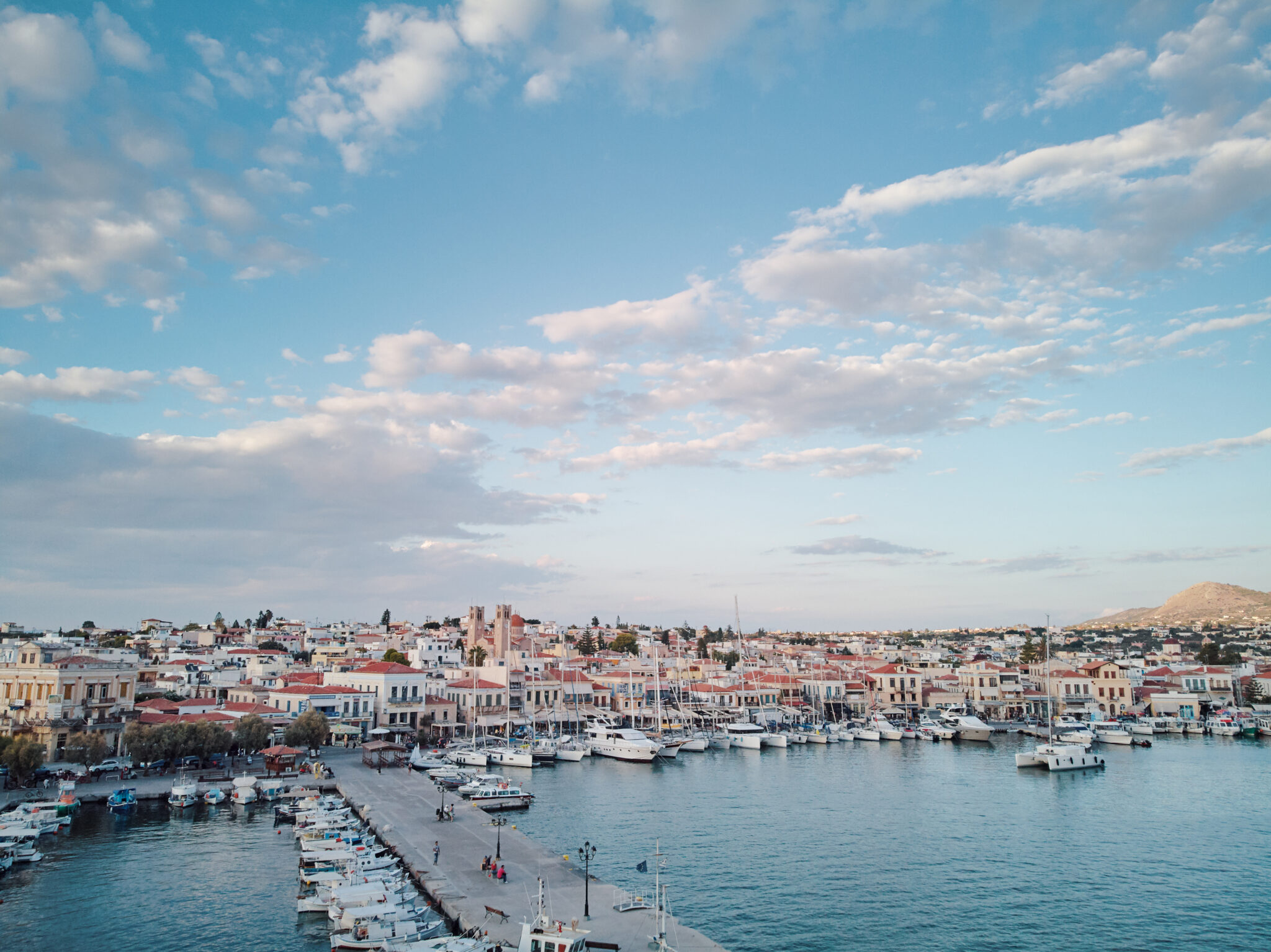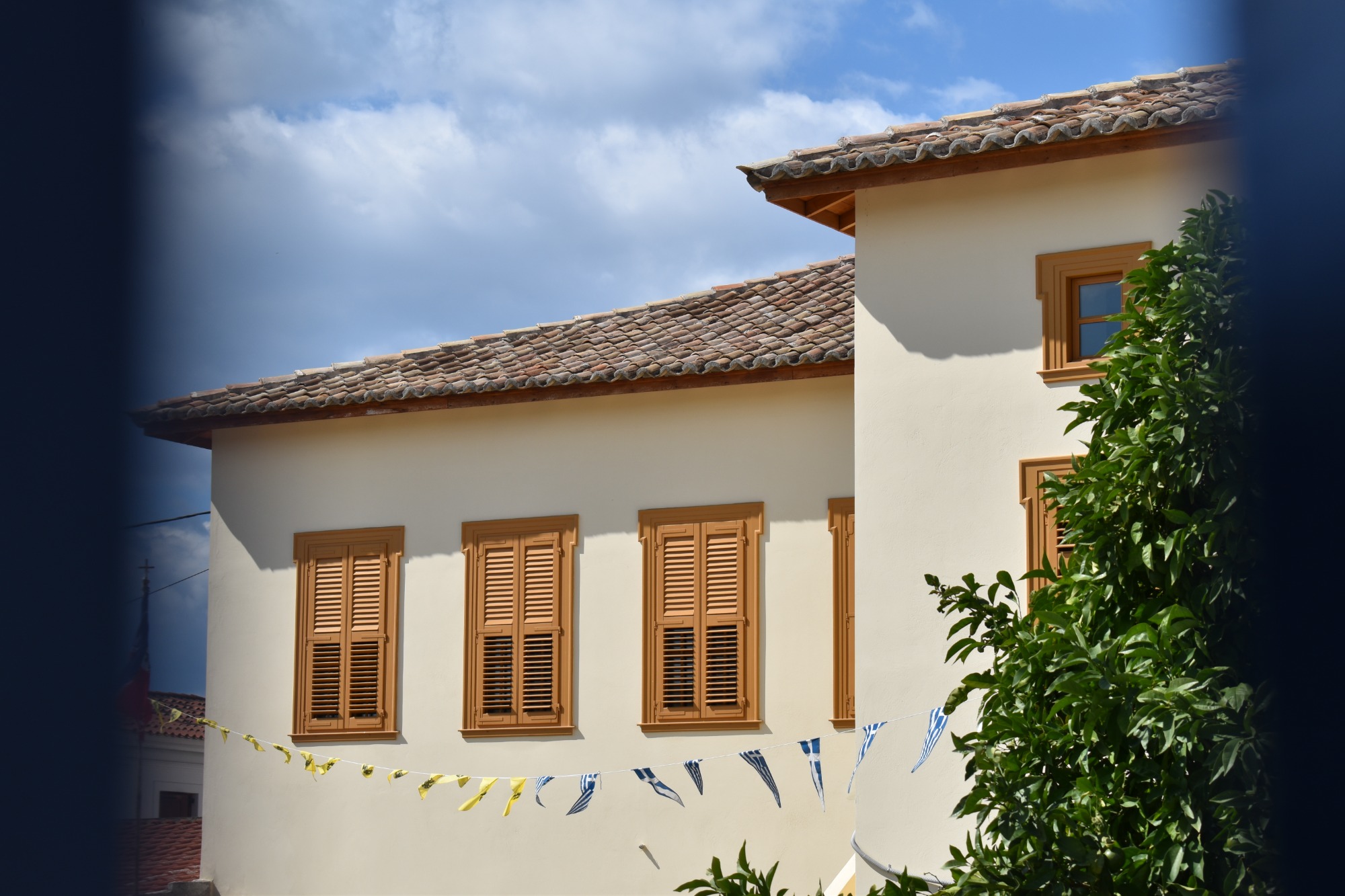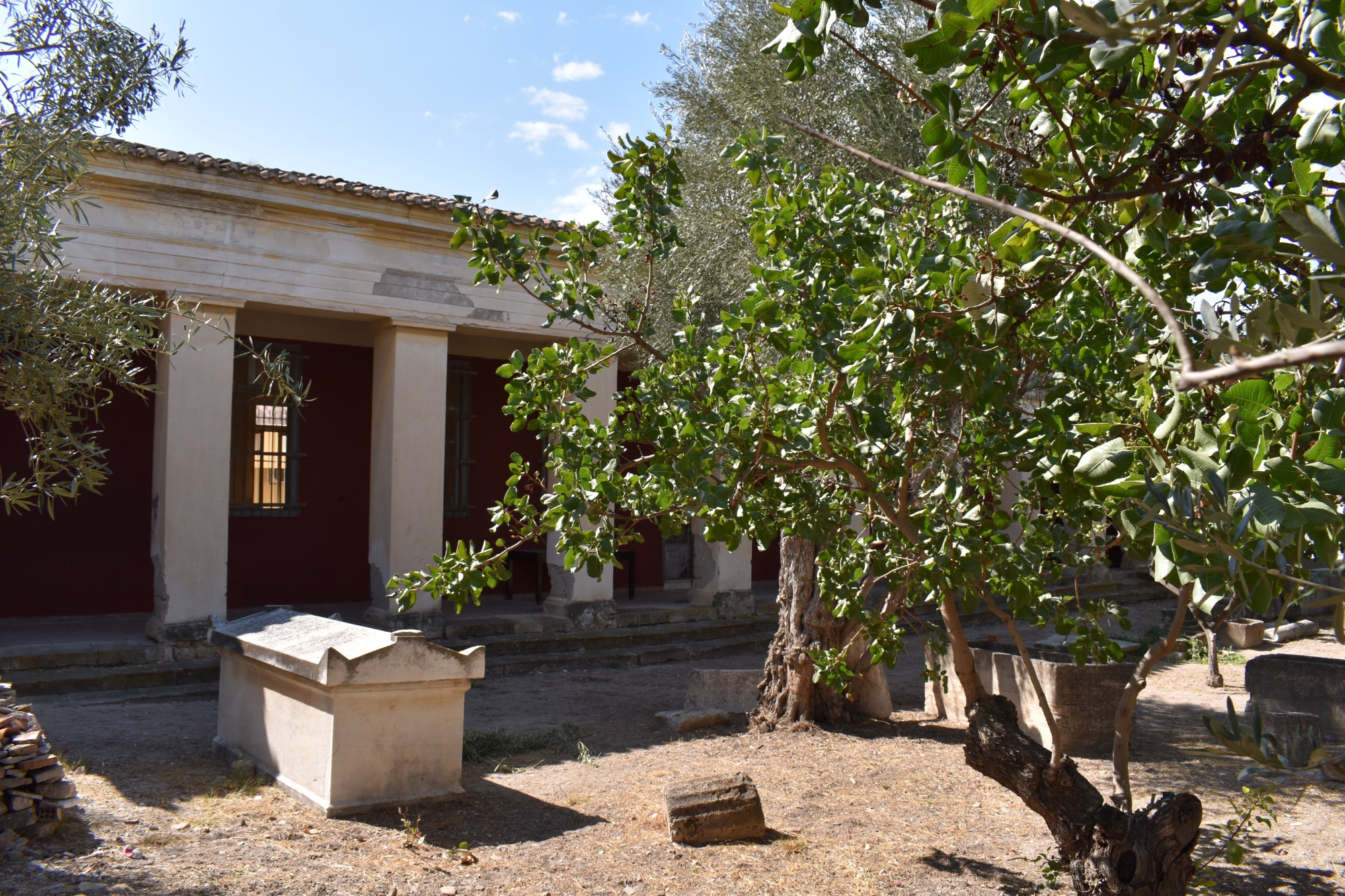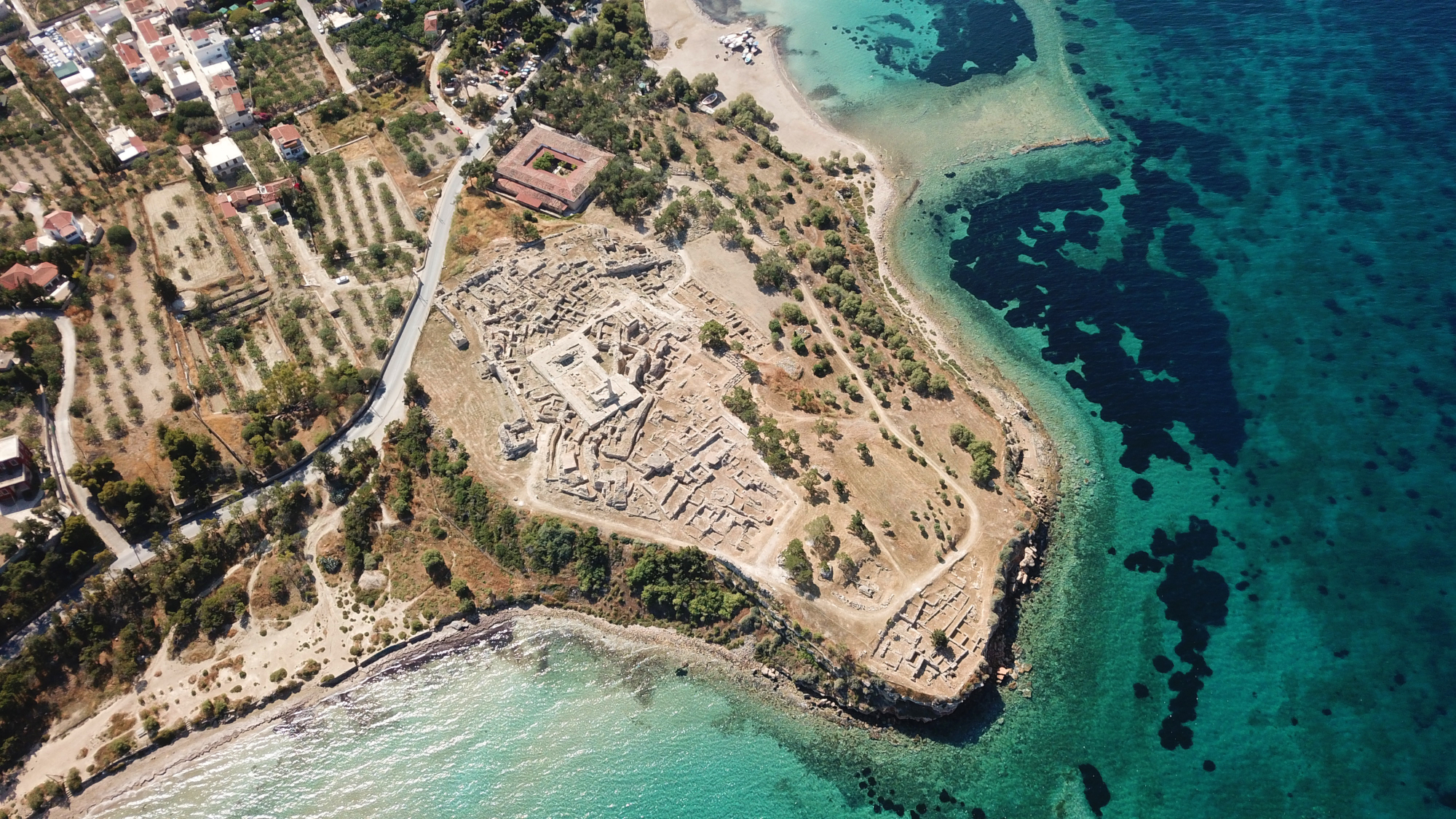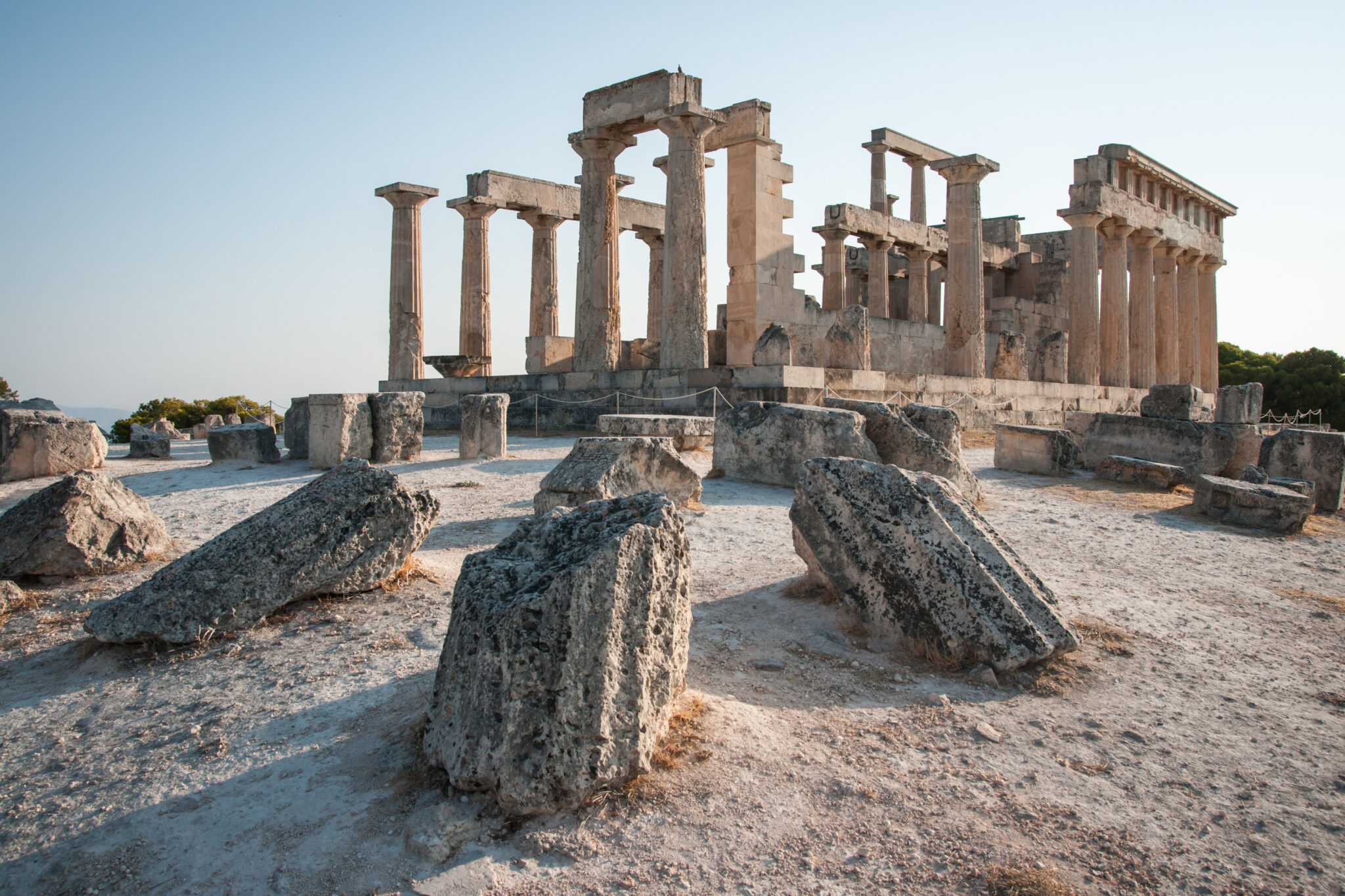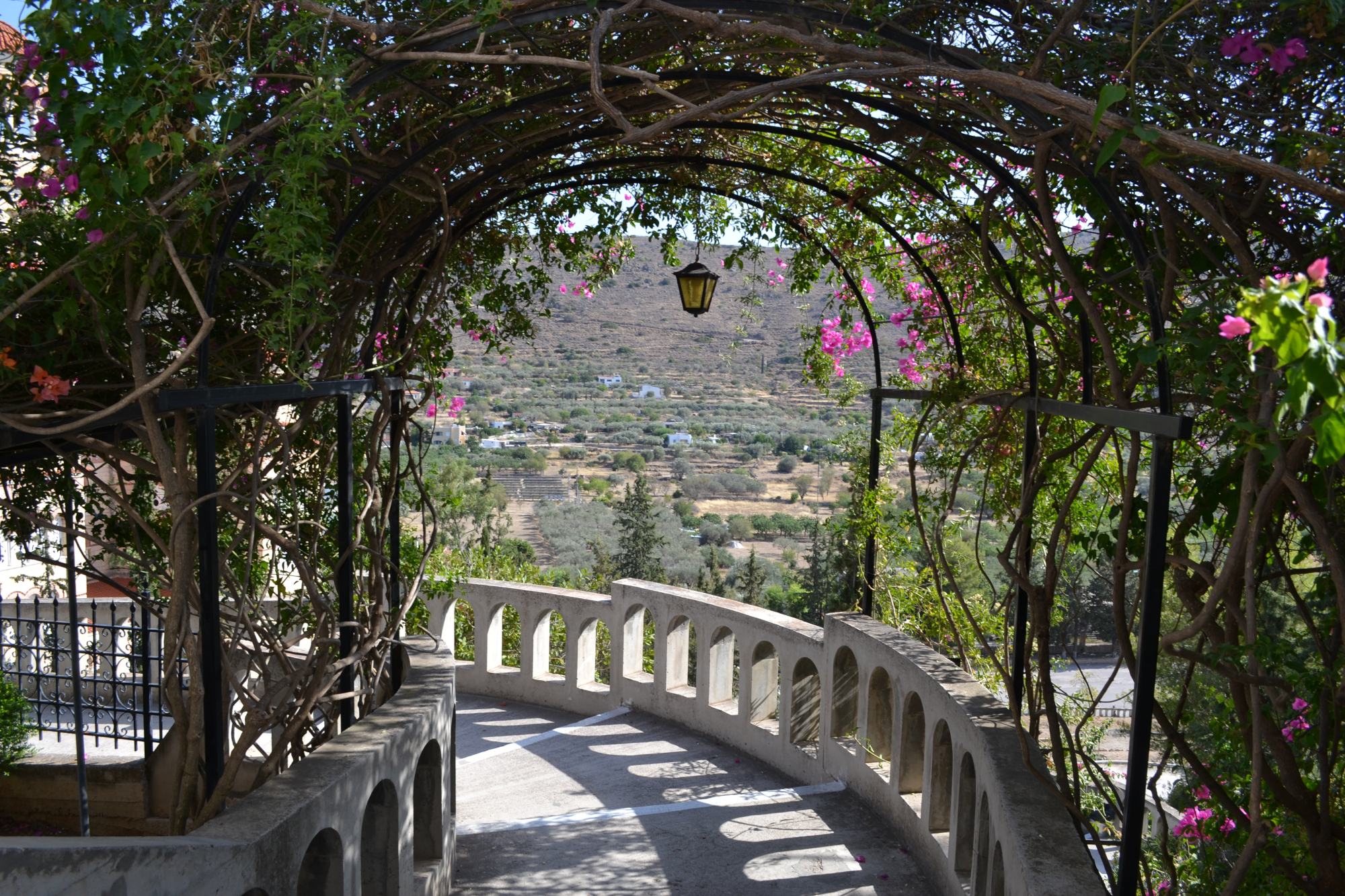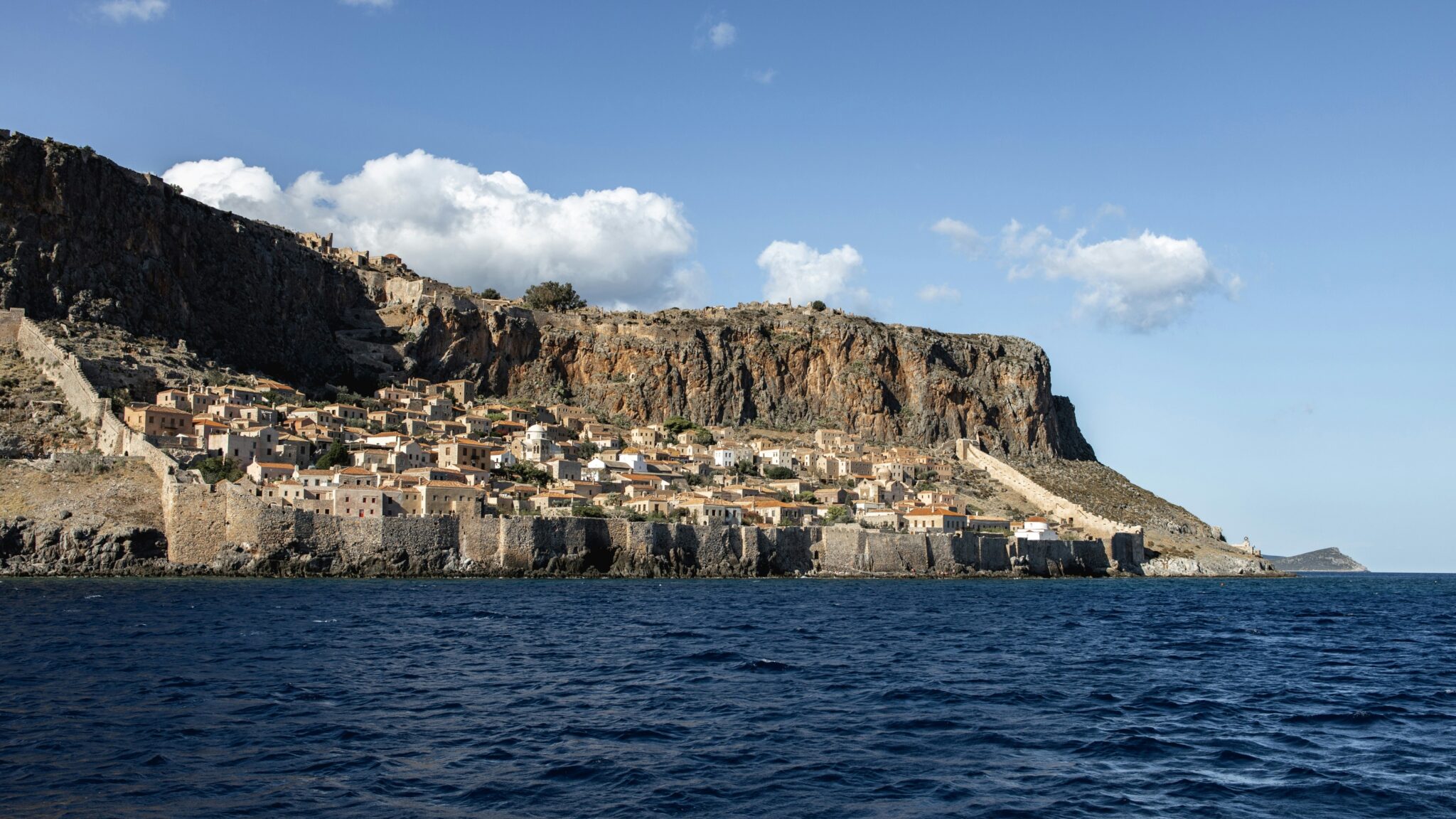The island of Aegina is one of the most beautiful nearby destinations in Attica. A visit to Aegina is always an excellent choice for a short winter or summer getaway.
Besides, Attica is a safe and attractive multidimensional destination that offers visitors unforgettable experiences throughout the year.
Aegina flourished in the late 19th and early 20th centuries, mainly due to trade, fishing, sponge processing and the extensive use of Aegina’s limestone. Its proximity to Athens, its glamour that remains from when it was still the capital of the newly established Greek state, its beautiful beaches and its sheer natural beauty make it one of the most popular destinations for island excursions throughout the year.
Apart from its beautiful mansions, the sea, the well-preserved villages and its history, Aegina is also known for the production of pistachios, as the variety grown on the island is considered one of the best. In 1994, Aegina pistachios were included in the list of products of Protected Designation of Origin.
If you decide to visit this beautiful island, make a note of the sights to see before you board the ferry back home.
In the heart of Aegina, stroll through the narrow streets and admire the neoclassical mansions and historic buildings, such as the Government House, the building from which the country’s first governor, Ioannis Kapodistrias, ran the country before the capital was relocated to Nafplio. This building of simple, austere architecture is closely associated with the first steps of the newly established Greek state after its liberation from the Turks. Part of it also served as the residence of Kapodistrias. Today the first floor houses the Aegina Municipal Library.
Eynard School is located next to the cathedral of Aegina and is one of the first educational institutions founded by I. Kapodistrias. The Governor was a great education advocate as he believed the latter shapes one’s ethos and character, while it fosters a sense of nationhood. That is why one of his goals during his governance was to form a strong education system. In this context, he founded Eynard School, named after J. G. Eynard, a Swiss philhellene and friend of Kapodistrias, who financed its construction. A neoclassical building of particular beauty, which was essentially a teacher training school.
Very close to the church of Agios Nikolaos stands an imposing 17th century Venetian tower. It was named after the deputy and member of the Society of Friends (a secret organisation whose purpose was to overthrow the Ottoman rule and establish an independent Greek state) Spyridon Marcellus, who renovated it at the beginning of the 19th century without removing its characteristic battlements. The Tower Marcellus housed the first Greek anti-government committee from 1826 to 1828 and, for some time, it hosted the Greek state’s treasury. When Aegina became the capital of the new Greek state, the tower was mainly used to host government ministers.
To the left of the port you will find the archaeological site of Kolona and the archaeological museum of Aegina. The archaeological sight of Kolona was named so by Venetian sailors; namely, the columns of the temple of Apollo, located in the area, used to help them find their bearings. The Doric peripteral temple was built in the 6th century BC and gained great popularity during the late 6th and early 5th centuries BC. The area is also home to one of the most important settlements of the prehistoric era, which flourished during the Bronze Age. But in the 7th century BC the area was transformed from a settlement into a sanctuary and acropolis of Aegina, while at the beginning of the 6th century BC the first cult buildings were rebuilt and the area entered its heyday. In the 3rd century BC, after a series of raids, the citadel was fortified with parts of the sanctuary buildings and when Christianity prevailed, the surviving buildings were used for other purposes. In the archaeological museum the collection covers a particularly long period from prehistoric times to Roman times. Visitors can marvel at large urns of the Early and Middle Helladic period, ceramics of the Geometric and Archaic periods, sculptures from the 7th to the 5th century BC, fragments from the pediments of the temple of Aphaea, part of the Kapodistrian collection of anaglyphs, etc.
Opening hours: daily, 10:30 – 17:30, except Tuesdays. +30 22970 22248, Entrance fee: €4 for the archaeological site of Kolona and the museum.
In the north-east of the island stands the temple of Aphaea, a local deity who was later identified with the goddess Athena. The Doric peripteral temple features 12 columns on the wide sides and 6 on the narrow sides. The pediment sculptures and the roof capitals were made of Parian marble and tinted. The pediments were themed on the Trojan campaigns in which the Aeginians participated. The eastern pediment depicted Hercules’ campaign against the King of Troy Laomedon and the western pediment the campaign of Agamemnon against Priam. Built around 500-490 BC, it is the second temple built in this exact same location, retaining the same orientation as the previous one. Until about the middle of the 5th century BC, the sanctuary flourished and gradually began to decline until the end of the 2nd century BC, when it was abandoned. In the archaeological site there is also a museum where parts of the temple and other archaeological findings of the area are kept (winter opening hours: Wednesday, Friday – Sunday 10:00-17:10).
Daily: 10:00 – 17:00. Entrance fee: €3 for the archaeological site and the museum, +30 22970 32398
http://odysseus.culture.gr/h/2/gh2530.jsp?obj_id=535
Another place worth visiting is Paleohora, a settlement built in 896 to protect its inhabitants from pirates, yet despite the efforts of the islanders to protect their town by moving it inland, it did not escape destruction. In 1537 it was plundered by the famous pirate Barbarossa and then by the Venetians. In the past, the settlement boasted 365 churches, one for each day of the year. Today only 38 of them are still standing. Paleohora is an interesting destination for a beautiful walk among Byzantine churches, wells, tanks and a ruined castle, which testify to the great past of the settlement.
For those of you who want to explore the island a little more, there are beautiful routes that you can walk and experience all aspects of Aegina. One of them is the path that starts from Marathon at Ancient Eleonas and goes all the way to Pahia Rahi. If you want something more challenging, equip yourself accordingly, as you’ll need to go mountain climbing. Head up to Mount Ellanio, the highest peak of Aegina, at 532 m. Here you’ll find the chapel of Prophet Elias, which is the best place to rest and watch one of the best sunsets of your life. It is also the ideal spot to enjoy unlimited views of the Saronic Gulf, the island of Agistri and the beautiful fishing village of Perdika. The mountain was named after the altar of Elladios Zeus that once stood there. Today some parts of the temple still survive.



